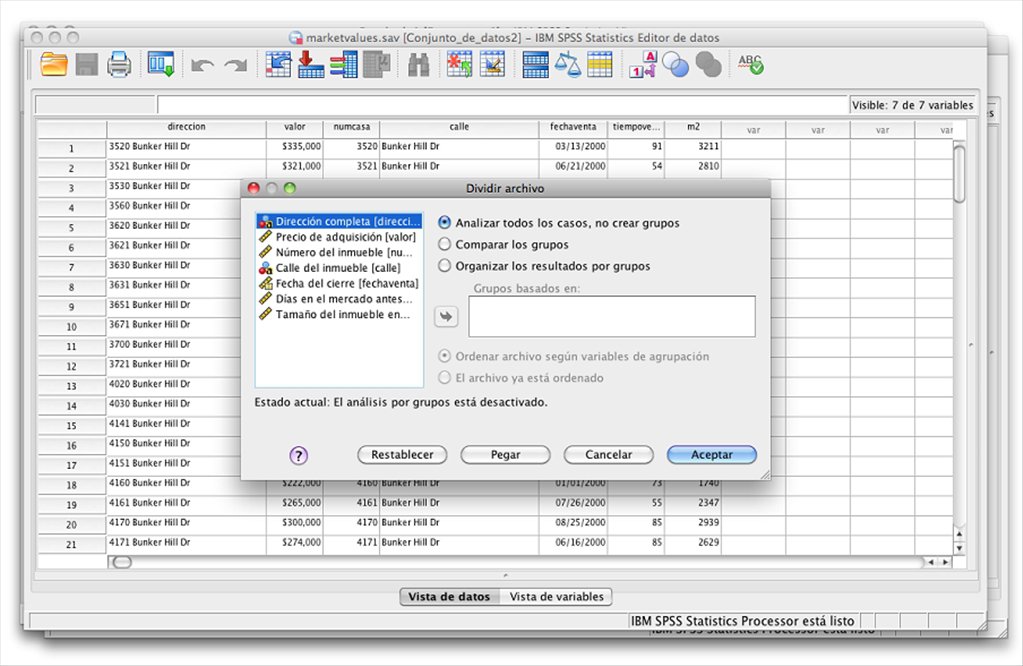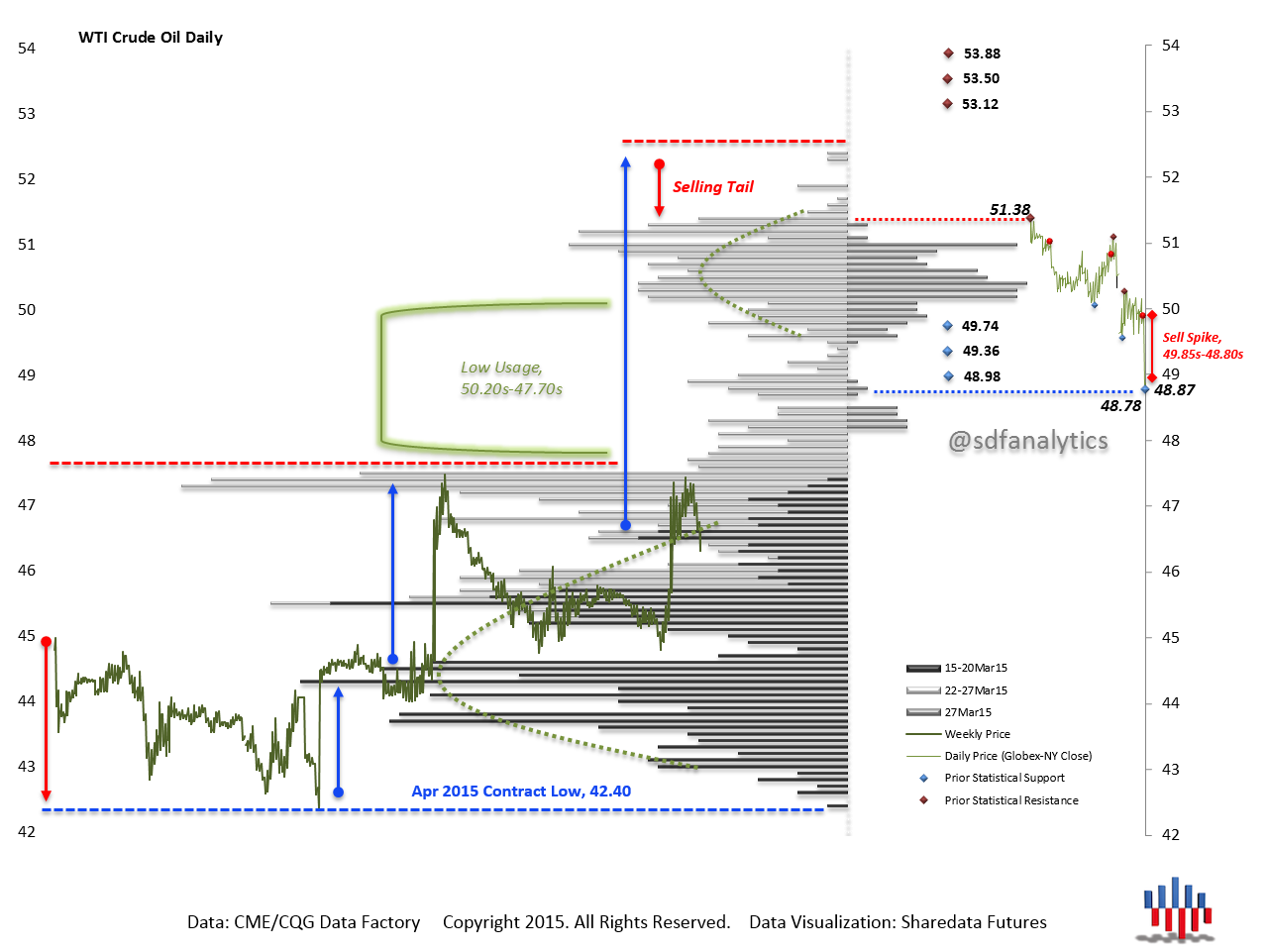Bayesian inference in statistical analysis
Data: 4.09.2018 / Rating: 4.7 / Views: 653Gallery of Video:
Gallery of Images:
Bayesian inference in statistical analysis
Find helpful customer reviews and review ratings for Bayesian Inference in Statistical Analysis at Amazon. Read honest and unbiased product reviews from our users. In this chapter, we would like to discuss a different framework for inference, namely the Bayesian approach. In the Bayesian framework, we treat the unknown quantity, \Theta, as a random variable. In the Bayesian framework, we treat the unknown quantity, \Theta, as a random variable. Bayesian Statistical Analysis in Medical Research David Draper Bayesian inference: (1) In the Bayesian paradigm, information about numerical unknowns is quanti ed with probability distributions (e. , Bayesian Statistical Analysis in Medical Research 11. Bayesian inference is a collection of statistical methods that are based on a formula devised by the English mathematician Thomas Bayes ( ). Statistical inference is the procedure of drawing conclusions about a population or process based on a sample. SUITABILITY OF TEACHING BAYESIAN INFERENCE IN DATA ANALYSIS COURSES DIRECTED TO PSYCHOLOGISTS1 Carmen Daz Batanero 1. Justification statistical analysis of data. Bayesian inference is a collection of statistical methods which are based on Bayes formula. Statistical inference is the procedure of drawing conclusions about a population or process based on a sample. In Bayesian statistical inference, is also unknown but we reect our uncertainty about the true value of by specifying a probability distribution to describe it. Bayesian Inference: Principles and Practice in Machine Learning 2 It is in the modelling procedure where Bayesian inference comes to the fore. We typically (though BAYESIAN INFERENCE IN STATISTICAL ANALYSIS George E. Tiao University of Wisconsin University of Chicago Wiley Classics Library Edition Published 1992 A Wileylnrerscience Publicarion JOHN WILEY AND SONS, INC. The International Society for Bayesian Analysis (ISBA) was founded in 1992 to promote the development and application of Bayesian analysis. By sponsoring and organizing meetings, publishing the electronic journal Bayesian Analysis, and other activities, ISBA provides an international community for those interested in Bayesian analysis and its applications. Bayesian inference is an approach to statistical analysis based on Bayes' rule for probabilities in which model parameters are considered as random variables in the sense that we have uncertainty about them. GEORGE BOX, PHD, DSC, FRS, is R. Fisher Professor Emeritus of Statistics and Industrial Engineering at the University of Wisconsin. He has been the director of research for investigators at Imperial Chemical Industries, Princeton University, and University of WisconsinMadison. Bayesian Analysis (2008) 3, Number 3, pp. Objections to Bayesian statistics Andrew Gelman Abstract. Bayesian inference is one of the more controversial approaches to Bayesian Inference in Statistical Analysis has 6 ratings and 0 reviews. Its main objective is to examine the application and relevance of Bayes' theorem. In this lecture, the professor discussed Bayesian statistical inference and inference models. Bayesian inference for categorical data analysis 323 the priors, and depending on whether one species hyperparameters or uses a hier archical approach or an empirical Bayesian approach for them. Analysis of the Linear Model A General Discussion of Highest Posterior Density Regions H. Regions for the Linear Model: A Bayesian Justification of Analysis of Variance Bayesian univariate linear regression is an approach to Linear Regression where the statistical analysis is undertaken within the context of Bayesian inference. You can invoke the regression procedure and define a full model. Standard Normal Theory Inference Problems. Bayesian Assessment of Assumptions: Effect of NonNormality on Inferences About a Population Mean with Generalizations. Statistical inference is the process of using data analysis to deduce properties of an underlying probability distribution. Inferential statistical analysis infers properties of a population, for example by testing hypotheses and deriving estimates. Bayesian data analysis is an approach to statistical modeling and machine learning that is becoming more and more popular. It provides a uniform framework to build problem specific models that can be used for both statistical inference and for prediction. Savage, a curious anomaly in this field; he was assistant to R. Fisher and married his daughter, but became a Bayesian in issues of inference while remaining Fisherian in matters of significance tests, which he held to be ouside the ambit of Bayesian methods. Bayesian inference is a statistical inference in which evidence or observations are used to update or to newly infer the probability that a hypothesis may be true. The name Bayesian comes from the frequent use of Bayes' theorem in the inference process. Bayes' theorem was derived from the work of the Reverend Thomas Bayes. 2 Bayesian inference about a binomial parameter Walters (1985) used the uniform prior and its implied posterior distribution in constructing a con dence interval for a binomial parameter (in Bayesian terminology, a \credible region). This course introduces the Bayesian approach to statistics, starting with the concept of probability and moving to the analysis of data. We will learn about the philosophy of the Bayesian approach as well as how to implement it for common types of data. Bayesian analysis, a method of statistical inference (named for English mathematician Thomas Bayes) that allows one to combine prior information about a population parameter with evidence from information contained in a sample to guide the statistical inference process. A remark regarding Bayesian statistics remains: Some aspects of Bayesian analysis are complex. Recently, some good introductions to Bayesian analysis have been published. For example, Kruschke ( 2014) offers an accessible applied introduction into the matter. Bayesian inference is a method of statistical inference in which Bayes' theorem is used to update the probability for a hypothesis as more evidence or information becomes. Book Description: Bayesian Methods for Statistical Analysis is a book on statistical methods for analysing a wide variety of data. The book consists of 12 chapters, starting with basic concepts and covering numerous topics, including Bayesian estimation, decision theory, prediction, hypothesis testing, hierarchical models, Markov chain Monte Carlo methods, finite population inference, biased. The growth of Bayesian methods in statistics and economics since 1970 Poirier, Dale J. , Bayesian Analysis, 2006 The Fruits of Logicism Bays, Timothy, Notre Dame Journal of Formal Logic, 2000 The Future of Indirect Evidence Efron, Bradley, Statistical Science, 2010 Bayesian methods for statistical analysis is a book on statistical methods for analysing a wide variety of data. The book consists of 12 chapters, starting with basic concepts and covering numerous topics, including Bayesian estimation, decision theory, prediction, hypothesis testing, hierarchical models, Markov chain Monte Carlo methods, finite population inference, biased sampling and. The problem of Bayesian nonparametric prediction and statistical inference is formulated and discussed. A solution is proposed based upon An and Hnas in Hill (1968, 1988). This solution gives rise What is Bayesian Analysis? The decisiontheoretic framework is also widely omitted, with many feeling that statistical inference should not really be formulated as a decision. So there are varieties of Bayesian analysis and varieties of Bayesian analysts. But the common strand that underlies this variation is the basic principle of using. Bayesian univariate linear regression is an approach to Linear Regression where the statistical analysis is undertaken within the context of Bayesian inference. Oneway ANOVA The Bayesian OneWay ANOVA procedure produces a oneway analysis of variance for a quantitative dependent variable by a single factor (independent) variable. Introduction to Bayesian data analysis part 1: What is Bayes? Bayesian Statistical Inference I Duration: Efficient Bayesian inference with Hamiltonian Monte Carlo. Bayesian analysis is a statistical paradigm that answers research questions about unknown parameters using probability statements. For example, what is the probability that the average male height is between 70 and 80 inches or that the. Paper SAS An Introduction to Bayesian Analysis with SASSTAT Software Maura Stokes, Fang Chen, and Funda Gunes SAS Institute Inc. Abstract The use of Bayesian methods has become increasingly popular in modern statistical analysis, with applica Bayesian Statistics A central element of any statistical analysis is the specication of a probability model which is assumed to describe the mechanism the Bayesian approach to statistical inference is rmly based on axiomatic foundations which provide a unifying logical structure, and guarantee the mutual consistency of the methods. This course introduces the Bayesian approach to statistics, starting with the concept of probability and moving to the analysis of data. We will learn about the philosophy of the Bayesian approach as well as how to implement it for common types of data. In Bayesian inference, a prior probability distribution, often called simply the prior, of an uncertain parameter or latent variable is a probability distribution that expresses uncertainty about before the data are taken into account 7. Data Analysis Using Bayesian Inference With Applications in Astrophysics A Survey Tom Loredo Dept. of Astronomy, Cornell University Bayesian statistics is a system for describing epistemological uncertainty using the mathematical language of probability. In the 'Bayesian paradigm, ' degrees of belief in states of nature are specified; these are nonnegative, and the total belief in all states of nature is fixed to be one. Bayesian inference for categorical data analysis 299 organizing the sections according to the structure of the categorical data. Section 2 begins with estimation of. Its main objective is to examine the application and relevance of Bayes' theorem to problems that arise in scientific investigation in which inferences must be made regarding parameter values about which little is known a priori. Begins with a discussion of some important general aspects of the Bayesian approach such as the choice of prior distribution, particularly noninformative prior. Bayesian multimodel inference (BMI) has a strong philosophical appeal; like Bayesian inference generally, it retains the features of simplicity, exactness, and coherency. BMI is a very natural extension of the basic Bayesian technique: one makes inference about unknown quantities (in this case, models ) based on their posterior distributions. Inference, or model evaluation, is the process of updating probabilities of outcomes based upon the relationships in the model and the evidence known about the situation at hand. When a Bayesian model is actually used, the end user applies evidence about recent events or observations. Its main objective is to examine the application and relevance of Bayes' theorem to problems that arise in scientific investigation in which inferences must be made regarding parameter values about which little is known a priori. Begins with a discussion of some important general aspects of the. Bayesian Modeling, Inference and Prediction 5 probabilistic and statistical analysis. With this in mind attention in all three approaches should evidently shift of Probability by Jeffreys (1961), Bayesian Inference in Statistical Analysis by Box and Tiao (1973), Markov Chain Monte Carlo in Practice by Gilks et al. (1996), Bayesian Statistics: An Introduction by
Related Images:
- Descargar Una Noche Con Ella Anabella Franco Pdf
- Ebook pdf recipe awesome restaurant recipes
- I eat your skin
- Cheryl cole radio
- Article 62 and 63 of pakistan in urdu pdf
- Dual audio ninja
- Gtasan andreas patch
- Best carly simon
- The Art Book Big Ideas Simply Explained
- Pdf Libros Infantiles Ilustrados
- Xp professional original
- Game of thrones dee
- The Phantom Castle Way Of The Shaman
- Prince of persia the sand of times
- Renaissance song of scheherazade
- Bohemia thousand thoughts
- Sophia and grace
- Looking season 02
- Lektyra Agimet E Kaltra Qamil Batalli
- Creare Pdf Sfogliabili
- General Contractor Books For Sale
- The Antivirus Hackers Handbook
- Descobrindo o Linux 3 Edi o
- The aviator 2004
- Radiant darkness emily whitman
- Cooking with s
- Beck modern guilt
- Rock n roll train
- Unicefintranet
- Arima nambi tamil
- Fraction As A Product Of A Whole Number
- DC Comics the Ultimate Character Guide
- Like father like son 720p
- Scrubs A XXX Parody
- Everything about redhat linux
- The Random Projection Method
- Falling skies ettv
- The Practice s01 COMPLETE
- Boost Mobile Samsung Prevail Manuals
- Golf game pc
- Auto Data
- E c was here
- Un conte de noel
- The day of the future past
- Fundamentals of Diagnostic Radiology
- Apprenez Programmer En C Sharp Pdf
- Jackass Volume Two
- Hudson Fixed 4
- Warhammer Dwarf 8Th Pdf
- Automatic school bell project source code
- Big bear in the big blue house
- The black sails s01e01
- Supply management mcgraw hill 8th edition
- Birds of tokyo universes
- Ben omniverse 10 s01e08
- Teenage mutant ninja turtles 2018 season 2
- Little deaths 2018 eng
- Download eset nod32 username dan password 95 0
- P90x one on one
- The Jackal Chacal
- Happy ending mp3
- Vaal University Of Technology Handbook
- Boxtrolls le scatole magiche
- Doctor who party
- Gnomon maya dvd
- Running Man 148
- The sucker punch
- Forever S01E04 web
- Diamond Guitar Guide
- Vanity fair 2018 usa
- Kronos quartet 25 years
- Lord of rings return king 1080
- Lying game x264
- Microsoft office 2018 proffesional
- A million ways die west
- Dave weckl band
- Nfs shift android
- Expect Resistance A Field Manual Crimethinc
- Search Naruto Ship
- Hindi telugu 2018
- Solutions Upper Intermediate Tests Answer Key
- Gomorrah
- Edward mit den
- Rich gang album
- The mothman prophecies xvid
- Essential mixes avril












